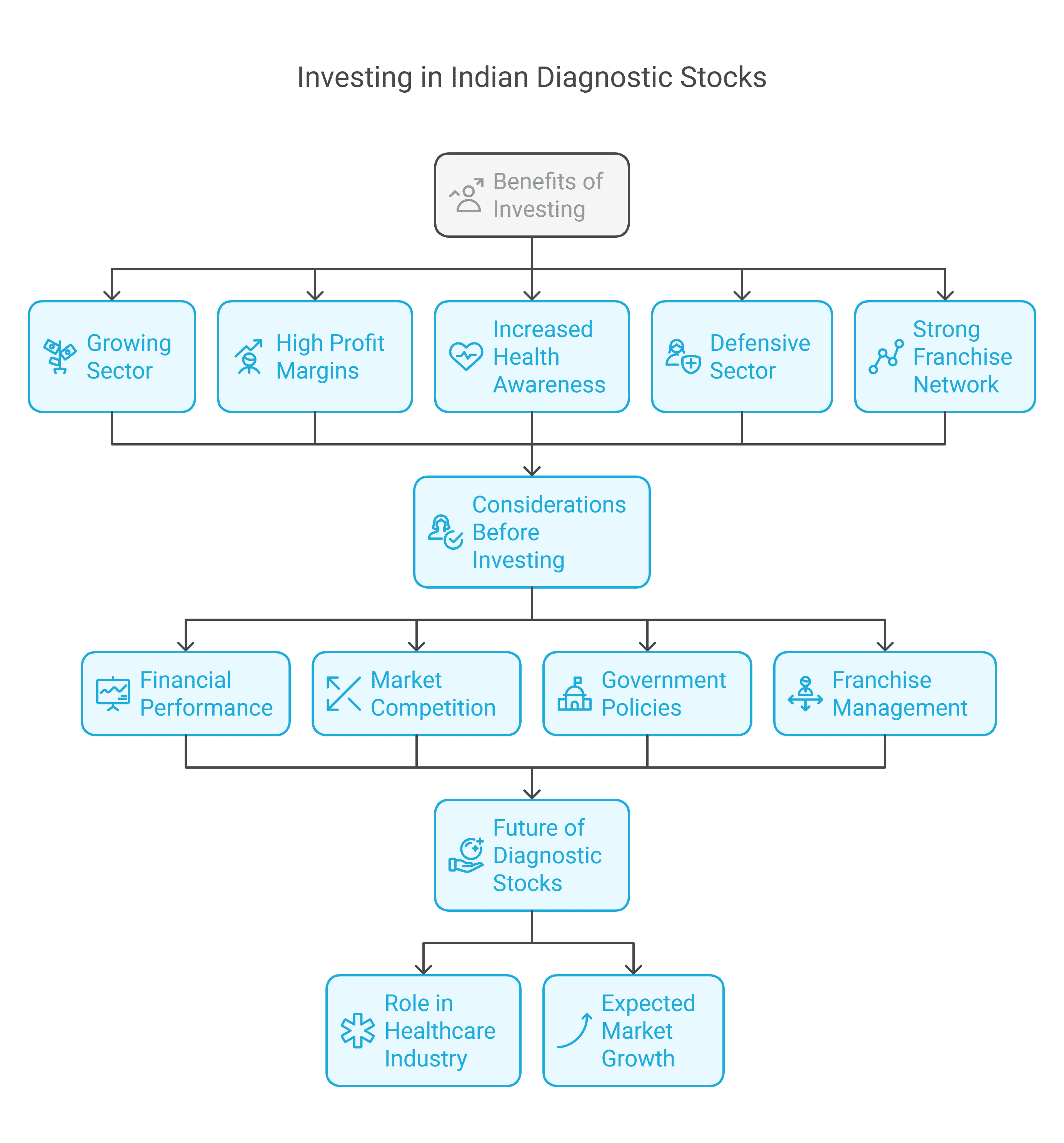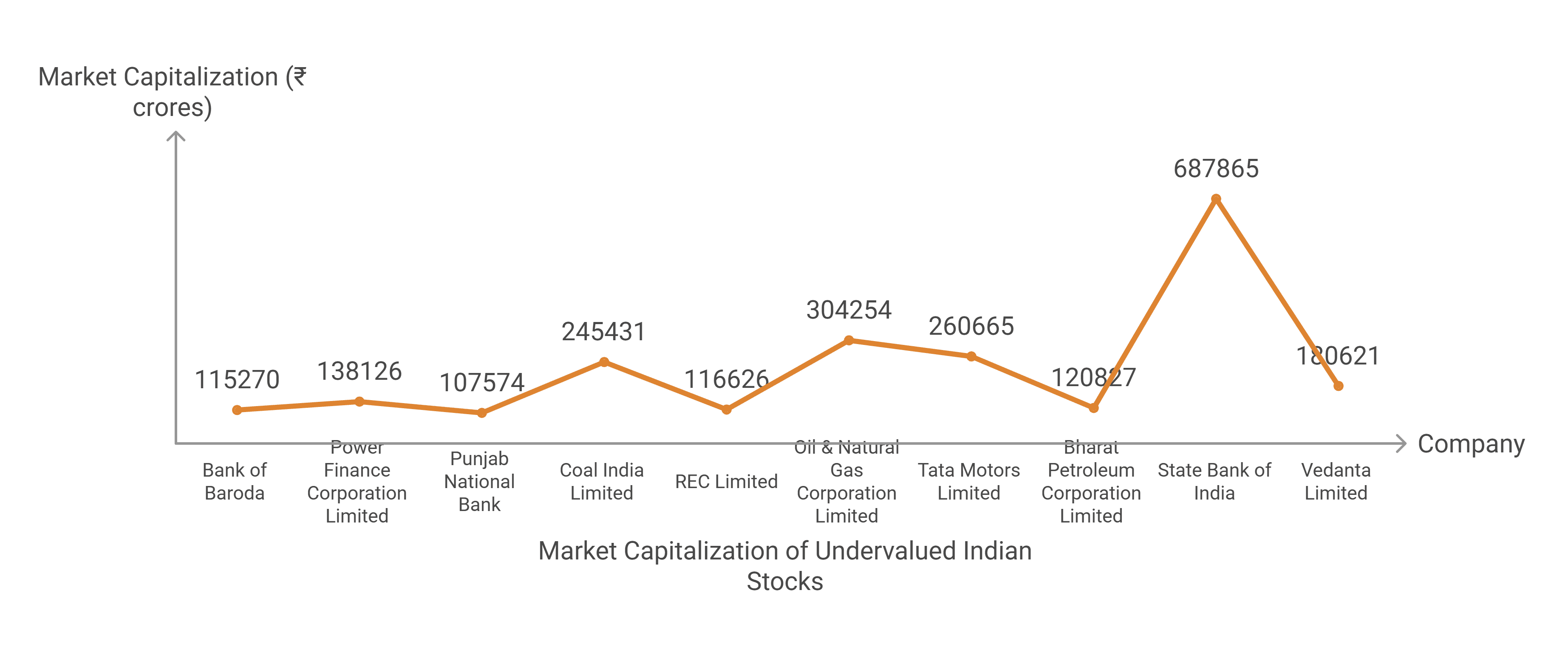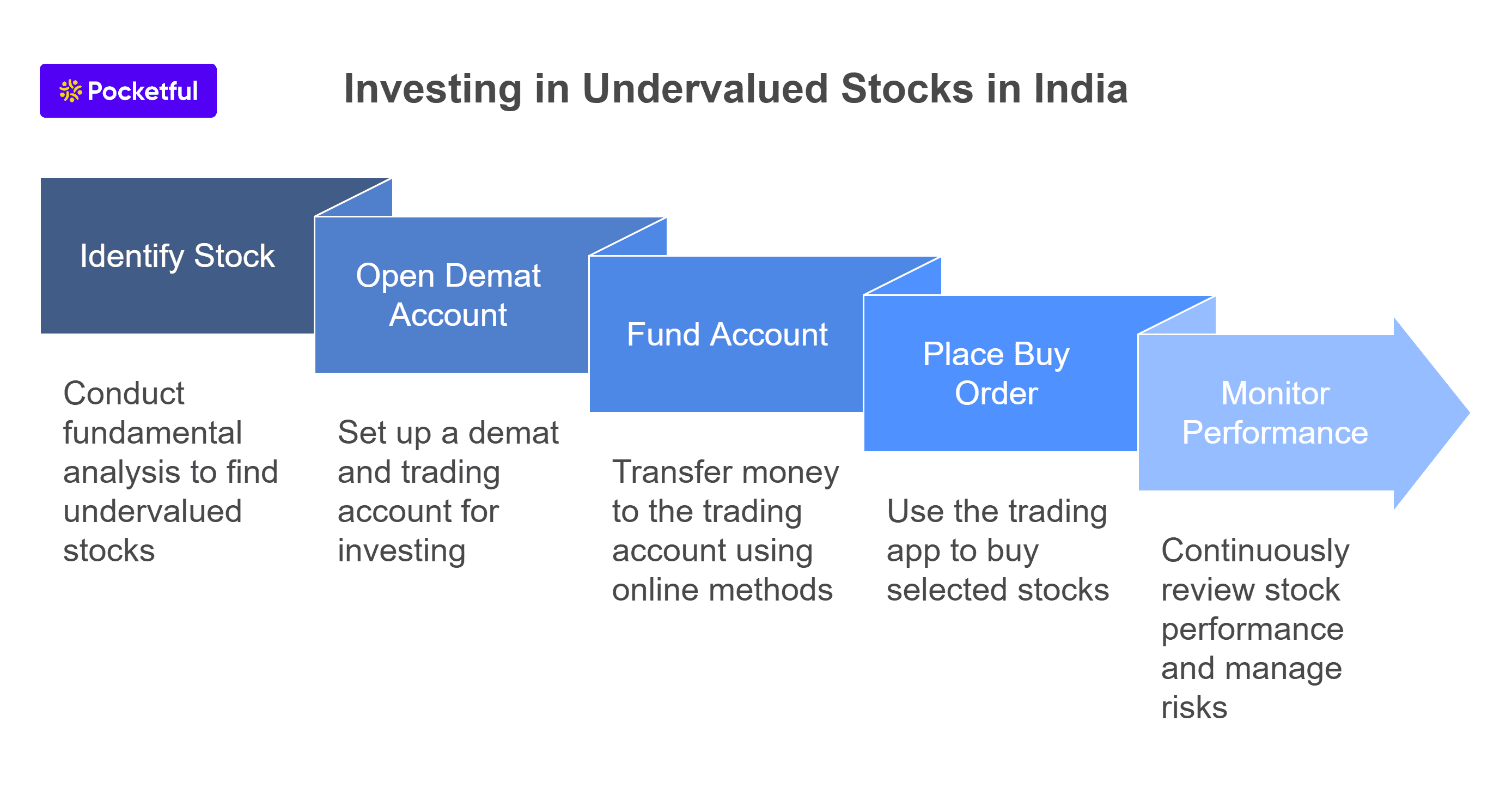India is predominantly known as an agricultural country because a significant number of people depend on agriculture for their livelihood. It is one of the largest producers of wheat and rice globally. But did you know there are many companies that are engaged in the production and distribution of rice and wheat globally, which provide investors an opportunity to invest in them and create wealth in the long run?
In this blog, we will explore the top wheat and rice stocks in India, along with the benefits and key considerations, before investing in them.
What are Wheat and Rice Stocks?
The stocks of the listed or publicly traded companies that are engaged in the production, distribution, and export of wheat and rice are known as wheat and rice stocks. They are generally engaged in farming, storage, and distribution of rice and wheat. Investing in these stocks generally carries lower risk because any economic downturn has little to no impact on the demand and supply of wheat and rice. However, there are various other factors that can impact the profitability of these companies.
Top Wheat and Rice Stocks Based on Market Capitalization
- Adani Wilmar Limited
- LT Foods Limited
- KRBL Limited
- Kaveri Seed Company Limited
- GRM Overseas Limited
Market Information of Top Wheat and Rice Companies in India
| Company | Current Market Price (in ₹) | Market Capitalisation (in ₹ crores) | 52-Week High (in ₹) | 52-Week Low (in ₹) |
|---|---|---|---|---|
| Adani Wilmar Limited | 259 | 33,616 | 404 | 232 |
| LT Foods Limited | 386 | 13,416 | 452 | 186 |
| KRBL Limited | 278 | 6,355 | 349 | 241 |
| Kaveri Seed Company Limited | 1,232 | 6,337 | 1,376 | 620 |
| GRM Overseas Limited | 268 | 1,608 | 289 | 120 |
Best Wheat and Rice Stocks in India Based on Market Capitalization – An Overview
A brief overview of the best wheat and rice stocks in India is given below:
1. Adani Wilmar Limited
Adani Wilmar is among the largest FMCG companies in India. It was established in 1999 as a joint venture between Adani Group and Willmar International, a Singapore-based agriculture company. Just after the year of its incorporation, the company launched Fortune edible oil, which became a popular edible oil among Indian consumers.
Over the years, the company expanded its product basket to include wheat flour, rice, and pulses. Apart from edible oils, its product portfolio includes Fortune Chakki Fresh Atta, Fortune Biryani Classic, Kohinoor Authentic Basmati Rice, etc. The company launched its IPO in 2022. The company’s headquarters is situated in Ahmedabad.
Know the Returns:
| 1Y Return (%) | 3Y Return (%) | 5Y Return (%) |
|---|---|---|
| -21.06% | -39.28% | 13.66% |
2. LT Foods Limited
The history of LT Foods can be traced back to the 1940s when it began as a small grocery trading business. In 1977, Shri Raghunath Arora established a rice mill in Amritsar, which marked the company’s entry into the rice trading business. In the 1980s, the company launched Daawat Basmati Rice, which established its presence in India.
LT Foods Limited launched its IPO in 2006 and got itself listed on the Indian Stock Exchange. Today, it has a valuation of more than $1 billion. The company has its headquarters in Gurugram.
Know the Returns:
| 1Y Return (%) | 3Y Return (%) | 5Y Return (%) |
|---|---|---|
| 102.20% | 100.71% | 100.71% |
3. KRBL Limited
KRBL Limited is India’s largest exporter of basmati rice and is well known for its rice brands like India Gate, Bemisal, etc. The company was founded by the Khushiram and Bihari Lal family in 1889. It initially started as a cotton-spinning business before dealing in edible oils, wheat, and rice. After the partition, the company relocated to Delhi.
To expand its business, the company is also engaged in renewable energy and has 112.24 MW power generation capacity, 17 MW solar power generation capacity and 17.59 MW biomass capacity. The company launched its IPO in 1996 and became a publicly traded company. The company’s headquarters is situated in Noida.
Know the Returns:
| 1Y Return (%) | 3Y Return (%) | 5Y Return (%) |
|---|---|---|
| -3.10% | 23.76% | 135.93% |
4. Kaveri Seed Company Limited
The Kaveri Seed Company was founded by GV Bhaskar Rao in 1976 as a small seed production company. The company is primarily engaged in the development of hybrid and improved seeds for crops like wheat, rice, vegetables, etc. The company is known to provide rice seeds with a 15-20% higher yield than a normal seed, in addition to enhanced protection from pests.
To expand its research and development capabilities, the company launched its IPO in 2010 and got itself listed on the Indian Stock Exchange. The company’s headquarters is situated in Hyderabad.
Know the Returns:
| 1Y Return (%) | 3Y Return (%) | 5Y Return (%) |
|---|---|---|
| 101.93% | 132.75% | 297.47% |
5. GRM Overseas Limited
Initially, the business was founded as a small rice trading business in 1974. Later, in 1995, the company started exporting basmati rice to other countries of the world. For the domestic market, the company sells rice under the 10X brand, while for the international markets, the company is famous for its Himalaya River and Tanoush brands. Its 10X Classic Chakki Fresh Atta is also popular among Indian consumers.
The GRM Overseas launched its IPO in 2022 and became a publicly listed company. The company’s headquarters is situated in Panipat, Haryana.
Know the Returns:
| 1Y Return (%) | 3Y Return (%) | 5Y Return (%) |
|---|---|---|
| 117.97% | 42.61% | 41.11% |
Key Performance Indicators (KPIs)
| Company | Operating Margin (%) | Net Profit Margin (%) | ROE (%) | ROCE (%) | Debt to Equity |
|---|---|---|---|---|---|
| Adani Wilmar Limited | 2.07 | 0.33 | 1.77 | 11.33 | 0.29 |
| LT Foods Limited | 10.73 | 7.06 | 17.59 | 21.24 | 0.16 |
| KRBL Limited | 15.22 | 11.06 | 12.26 | 16.37 | 0.10 |
| Kaveri Seed Company Limited | 27.95 | 26.11 | 24.23 | 24.93 | 0 |
| GRM Overseas Limited | 7.69 | 4.62 | 18.18 | 30.10 | 1.20 |
Benefits of Investing in Wheat and Rice Stocks
The major benefits of investing in Wheat and Rice stocks are as follows:
- Demand: The demand for products like wheat and rice generally has consistent demand; due to this, the companies have relatively stable revenues.
- Government Initiative: There are various government schemes that help companies engage in the production and distribution of wheat and rice.
- Export-Oriented Business: India is one of the largest exporters of wheat and rice, and a trade agreement between the countries could positively impact the company’s performance.
- No Impact in Economic Downturn: There is little to no impact of the downturn in the economy because commodities like rice and wheat are a necessity.
- Diversification: Having agriculture stocks in your portfolio provides diversification, hence reducing the chances of losses.
Read Also: Best Trading Apps in India
Factors to be Considered Before Investing in Wheat and Rice Stocks
The key factors that one should consider before investing in Wheat and Rice stocks are as follows:
- Demand and Supply: The demand and supply of wheat and rice could impact the prices of commodities and the company’s profit margins.
- Climate: Poor weather can negatively impact the revenue of the company, as wheat and rice are dependent on monsoons and other weather conditions.
- Minimum Support Price: The government regulates the pricing of wheat and rice by deciding the MSP or Minimum Support Price, and any significant changes in prices could impact the company’s profit.
- Financials: It is important to check the financial performance of the company before investing. A thorough analysis of the financial statements helps you judge the future prospects and the current financial position of the company.
- Supply Chain: Any disruption in the supply chain can adversely impact the company’s revenue and profit. Hence, the supply chain and distribution network of the company also need to be considered before investing in rice and wheat companies.
Future of Wheat and Rice Stocks in India
The future of wheat and rice stocks is very promising in India, and because of an increase in demand, government support, and other export-related opportunities, this sector is expected to grow to $60.90 billion by 2030. India is one of the world’s leading exporters of rice, accounting for about 40% of the world’s total export. In 2024, India exported 17.8 million metric tons of rice, amounting to ₹862 billion. With the economy’s growth, the demand for rice and wheat will increase; hence, the revenues and profits of the companies will also increase.
Read Also: Top 10 Option Trading Books in India
Conclusion
On a concluding note, investing in rice and wheat stocks provides an opportunity to participate in the industry, which is supported by the government through its various incentive schemes, such as MSP. This sector is a growth-oriented sector; hence, it is suitable for investors who wish to invest in companies that focus on exports. Along with this, the key benefit of investing in rice and wheat stocks is that their revenue is not impacted by any economic downturn as they deal in goods necessary for survival. However, there are various factors that need to be considered before investing in it, such as weather conditions, the company’s financial performance, etc. Therefore, it is advisable to consult your investment advisor before making any investment decision.
Frequently Asked Questions (FAQs)
How can I invest in rice and wheat stocks?
You can easily invest in rice and wheat stocks by opening a demat account. Pocketful offers you an opportunity to open a free demat account, through which you can easily purchase rice and wheat stocks.
What are some of the top rice and wheat stocks in India?
The top rice and wheat stocks in India are Adani Wilmar Limited, LT Foods Limited, Kaveri Seeds Limited, KRBL Limited, etc., according to market capitalization.
What are the major factors which can affect the performance of rice and wheat stocks?
The significant factors that can affect the performance of companies engaged in the production and distribution of rice and wheat are the policies of the government, weather conditions, demand and supply, cost of production, etc.
Are wheat and rice stocks defensive investments?
Yes, investment in wheat and rice stocks is considered a defensive investment because the demand for these products remains constant even during the phases of economic downturn.
How does the monsoon affect the rice and wheat stocks?
The production of wheat and rice depends on the monsoon, as a good monsoon season increases the supply and reduces the price, whereas, on the other hand, a poor monsoon season can cause a shortage in supply and lead to a price increase.














